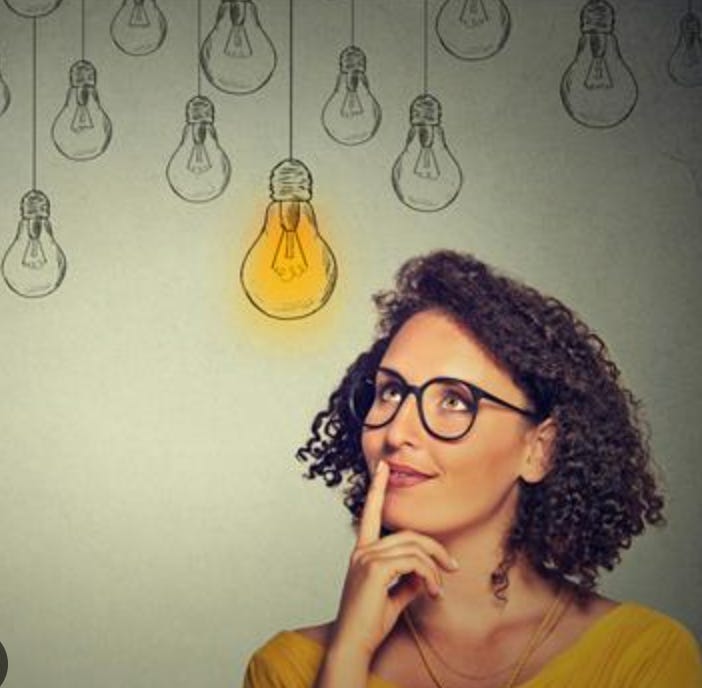The Power of Emotional Creativity
The skills you apply to your creative work can also enhance your emotional life.
In a Science of Creativity post last week, I noted that there are many ways to be creative, including being emotionally creative. In today’s post I want to explore one particular way of being emotionally creative, and what it has to tell us about creativity more generally.
So—say something upsetting has happened. How do you handle it? Dozens of psychological studies have identified a strategy that is especially effective: cognitive reappraisal. Cognitive reappraisal involves reframing the meaning of emotional events: we change the way we’re thinking about a situation in order to alter its emotional impact. Compared to, say suppressing our feelings, engaging in cognitive reappraisal is associated with higher well-being and more adaptive responses to the situation at hand.
And in order to do cognitive reappraisal well, it helps to be—you guessed it—creative! Faced with a situation that at first glance seems bad, very bad and only bad, it takes creativity to see the situation in a new light. Researchers have a name for people’s ability to come up with these alternate explanations: reappraisal inventiveness.
Psychologists have even developed a test to measure how good we are at doing this. Read over the following two vignettes, taken from the Reappraisal Inventiveness Inventory, and see how many different ways you can find to reframe the situations described:
Scenario 1: You arrive at your apartment after having been on a long vacation. You had asked a friend of yours to water your plants while you were gone. Now you see that most of your plants have died. You call your friend. She tells you on the phone that the distance to your apartment was too long for her to water your plants as agreed.
Scenario 2: You need a new laptop. You go to a store and choose a model. It is really expensive, and you ask the salesperson if there is anything she can do about the price. When she refuses to help you out, you buy the laptop at its full price. The next day, you pass the store and see a sign hanging in the window: SALE: 50% off of all laptops. You go in and ask the salesperson why she didn’t tell you about the sale. She tells you that she earned a higher commission by selling you the laptop for the full price.
While imagining various ways you could reframe these (genuinely infuriating!) scenarios, your brain was engaged in the same kinds of processes that are activated during creative idea-generation.
Two capacities in particular are called upon in both cases: fluency and flexibility.
Fluency refers to the ability to generate a whole lot of ideas that are relevant and potentially useful. Flexibility refers to the ability to shift among different perspectives and see things from different angles, thereby generating ideas that are meaningfully diverse and different.
Of course, the act of creating is itself laden with emotions, sometimes negative ones. At the risk of getting too meta: Can we apply emotional creativity to the act of being creative?
Say we’re stuck in the middle of a project and can’t figure out our next step. Or say we’ve received some negative feedback about a piece we created, or even an outright rejection. Can we come up with inventive reappraisals to apply to what has happened?
The science of emotional creativity suggests that we can bring our already-existing strengths as creative people to our emotions, thus enabling more creativity—a virtuous cycle.
How about you? Have you been able to be inventive in the reappraisals you apply to the dilemmas of creative life, or of life in general?



